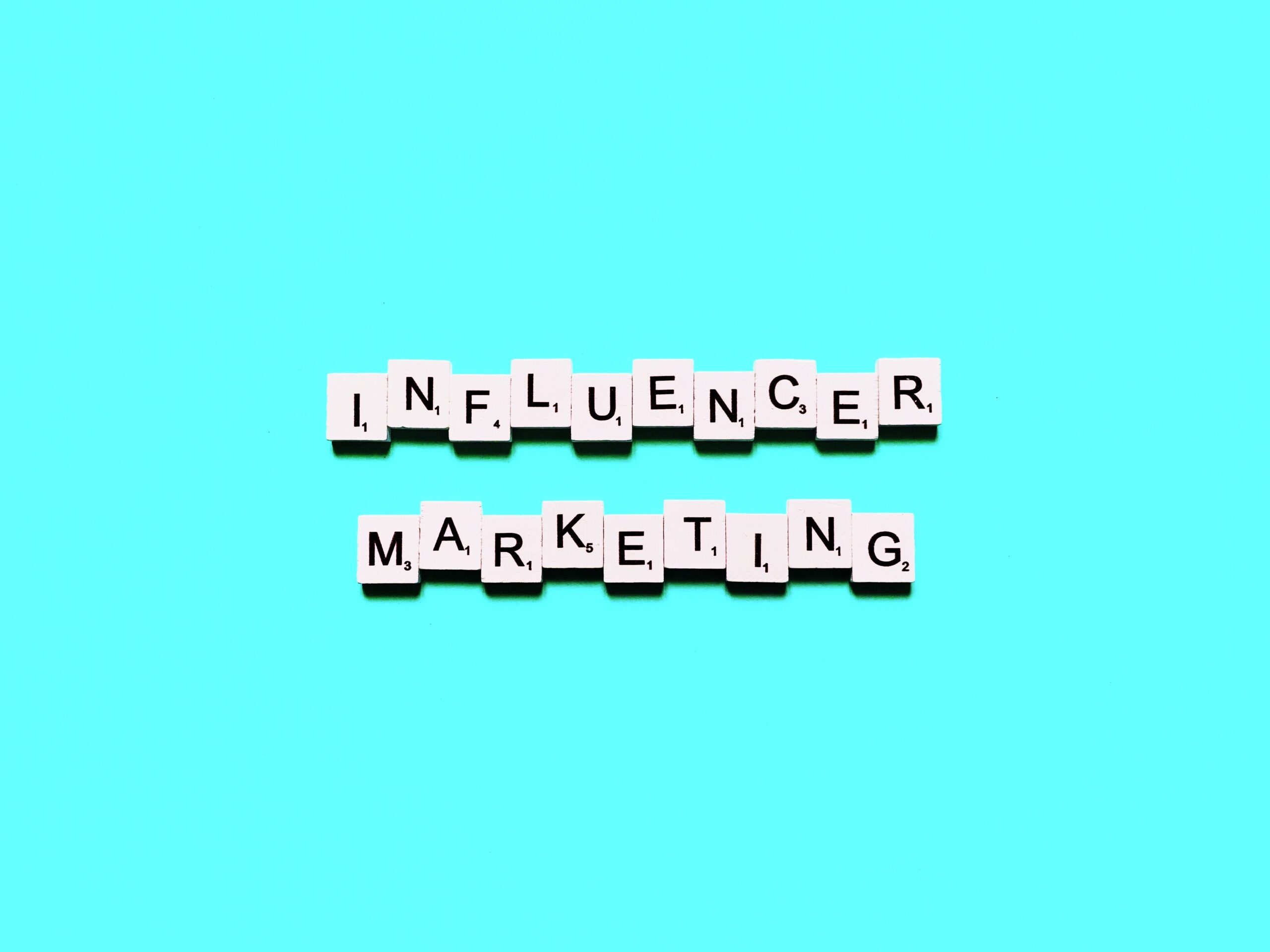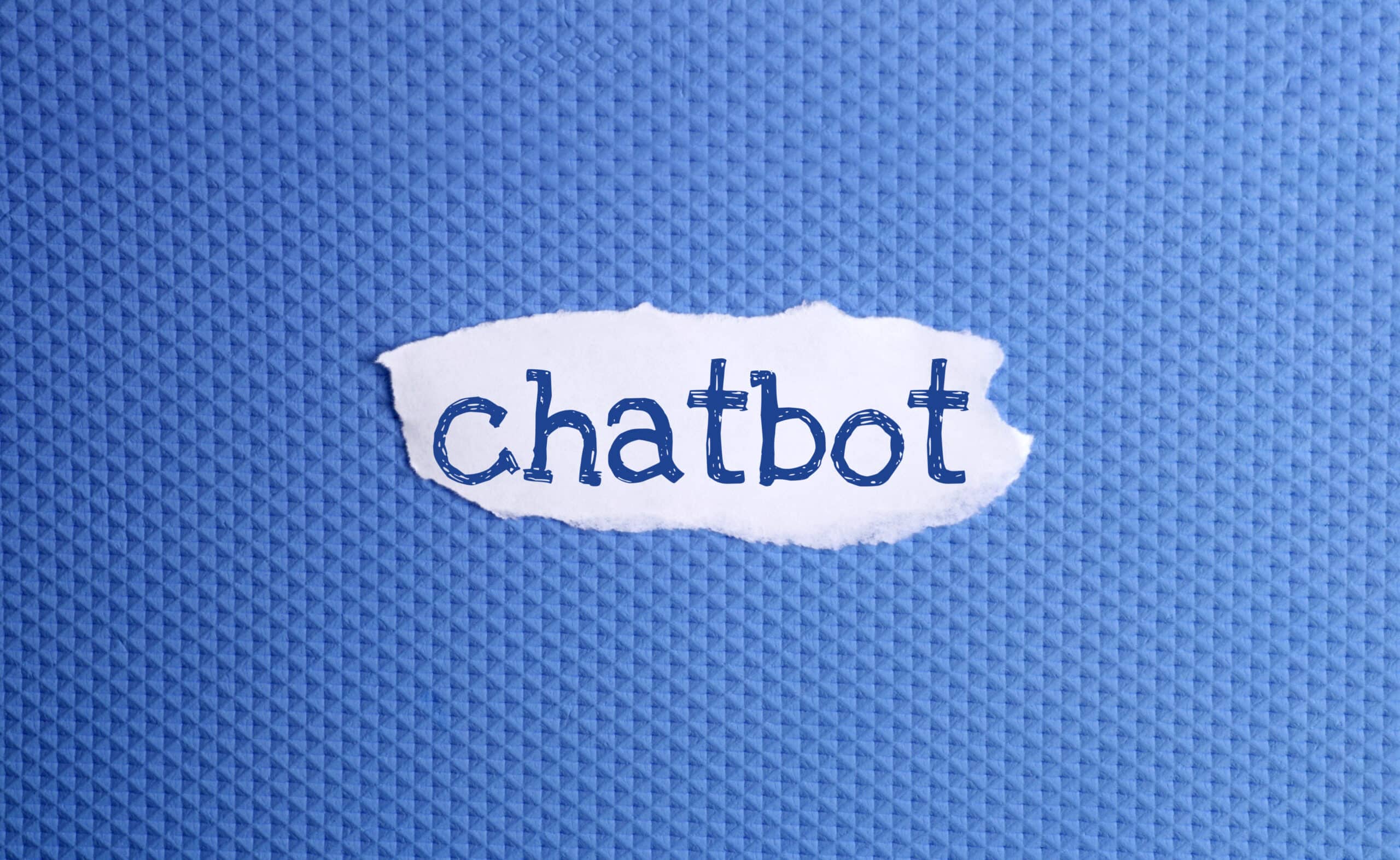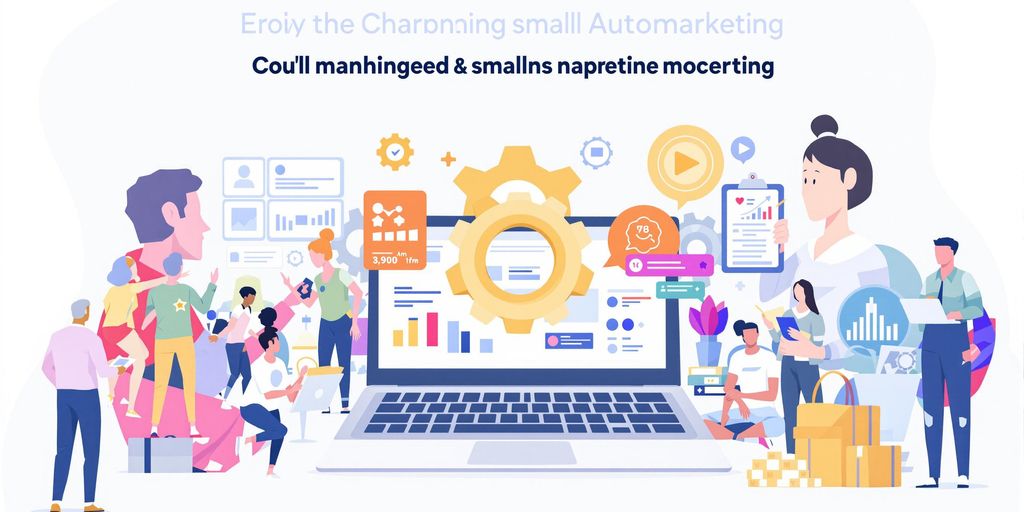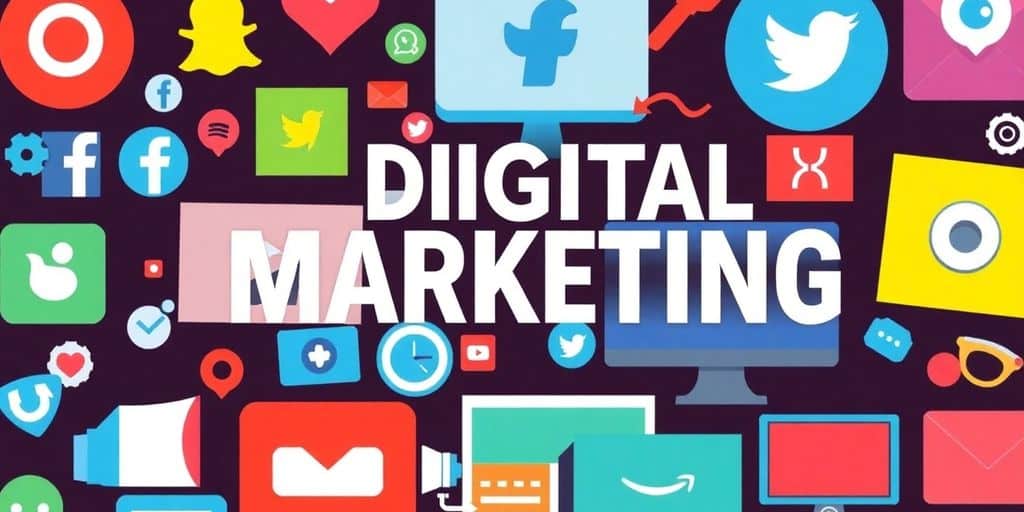Ever feel like you’re spinning your wheels with marketing? You’ve tried all the so-called ‘proven’ strategies, yet nothing seems to stick. Well, here’s the thing: there’s one marketing hack that’s often overlooked but can actually make a real difference. It’s not about using fancy tools or spending a fortune on ads. It’s about understanding the basics and doing them really well. Let’s break it down.
Key Takeaways
- Understand your audience before crafting any message.
- Keep your messaging simple and authentic.
- Consistency is key to building trust with your audience.
- Learn from others’ successful marketing funnels and adapt.
- Always prioritise helping your customers solve their problems.
Crafting a Message That Resonates
Understanding Your Audience's Needs
If you’re not speaking directly to your audience’s problems, they’re tuning you out. Start by asking yourself a few simple questions: Who are they? What keeps them up at night? What are they hoping to achieve? Your message should feel like a solution they’ve been searching for.
Here’s a quick exercise to get you started:
- List three common challenges your ideal customer faces.
- Write down how your product or service solves each one.
- Test this message with real customers and refine it based on their feedback.
It’s not about you; it’s about them.
The Power of Authentic Storytelling
People don’t buy products—they buy stories. They connect with the “why” behind what you do. Share the story of how your business started or a moment that shaped your mission. But keep it real. Over-polished stories can come across as fake.
For example, if your brand is about helping small businesses thrive, talk about the first small business you helped. What was their struggle? How did you make a difference? Stories like this create a human connection.
“When you share your genuine story, you’re not just selling—you’re building trust.”
Simplifying Your Core Message
Complex messages lose people. If you can’t explain what you do in one or two sentences, it’s time to simplify. Ask yourself: what’s the one thing you want people to remember about your brand?
Here’s a simple formula to try:
- What you do: “We help [specific audience].”
- How you do it: “Through [specific method or service].”
- Why it matters: “So they can [achieve specific result].”
For example: “We help small business owners grow their online presence through easy-to-use marketing tools, so they can focus on what they love—running their business.”
Keep this message consistent across all platforms, from your homepage to your email signature. Simplicity sticks.
Leveraging the Know/Like/Trust Factor
Building Genuine Connections
Building genuine connections is the heart of marketing. Think about it—people buy from people, not faceless businesses. To start, make sure your audience knows who you are. Share your story. Be open about your journey, your mission, and even your quirks. It’s not about appealing to everyone; it’s about attracting the right people. When you connect authentically, you create a space where your audience feels seen and understood.
If you’re working with a marketing agency, this step can be amplified. They can help craft a message that highlights your unique personality while still being professional.
Turning Cold Leads into Loyal Customers
Turning a cold lead into a loyal customer isn’t magic—it’s a process. First, create touchpoints where potential customers can engage with your brand. This could be through your website, social media, or even email newsletters. Then, focus on delivering value before asking for anything in return. Maybe it’s a free guide, a useful tip, or just a thoughtful response to a comment. Over time, these small gestures build trust.
Here’s a simple breakdown:
- Awareness: Make sure people know you exist.
- Engagement: Interact with them meaningfully.
- Trust: Show up consistently and provide value.
The Role of Consistency in Trust
Trust doesn’t happen overnight. It’s built day by day through consistency. Show up for your audience regularly—whether that’s posting on social media, sending out newsletters, or simply sticking to your brand’s core values. Don’t flip-flop between different messages or identities. People notice when you’re reliable, and that reliability translates to trust.
Consistency isn’t just about frequency; it’s about alignment. Your actions, words, and values should all point in the same direction.
In the end, the Know/Like/Trust Factor is like the foundation of a house. Without it, everything else you build will crumble. Focus on these steps, and you’ll not only attract customers—you’ll keep them.
The Art of Funnel Hacking
Learning from Competitors' Success
Funnel hacking is all about paying close attention to what your competitors are doing and figuring out why it works. The trick is to reverse-engineer their strategies to uncover the structure of their sales funnels. Look at their landing pages, emails, social media ads, and upsell offers. Take note of patterns. Are they offering a freebie to get email sign-ups? Is there a specific tone or style in their messaging? These details are gold.
Here’s how you can start:
- Sign up for their email lists and observe their communication style.
- Buy one of their products to experience the entire funnel.
- Track their ad campaigns and landing pages.
When you study these pieces, you’ll see how they guide customers from curiosity to purchase. It’s not stealing; it’s smart learning. Funnel hacking gives you a blueprint without reinventing the wheel.
Adapting Strategies to Your Niche
Once you’ve analysed what’s working for others, it’s time to tweak it for your audience. Just because a strategy works for one brand doesn’t mean it’ll work for yours as-is. Consider your niche’s pain points, preferences, and buying habits. For instance, a flashy, high-energy funnel might work for fitness products but flop in a finance-related niche that demands trust and professionalism.
Key steps to adapt strategies:
- Simplify the funnel if your audience is less tech-savvy.
- Adjust the tone of your messaging to match your brand voice.
- Test different offers and see what resonates with your audience.
Think of it as taking a proven recipe and adding your own spices to make it uniquely yours.
Avoiding Common Funnel Mistakes
Even the best funnels can fail if you overlook the basics. Here are a few mistakes to avoid:
- Overcomplicating the funnel: Too many steps can confuse and frustrate potential customers.
- Ignoring mobile users: If your funnel isn’t mobile-friendly, you’re losing a massive chunk of your audience.
- Skipping testing: Always test different headlines, offers, and calls-to-action to see what performs best.
A funnel isn’t a one-and-done thing. It’s an ongoing process of tweaking and improving based on data. Small changes can lead to big wins.
By learning from others, tailoring strategies to your niche, and avoiding common pitfalls, you can create a funnel that not only attracts leads but converts them into loyal customers.
Maximising the Potential of Affiliate Marketing
Partnering with Influencers Effectively
Building relationships with influencers can feel like a balancing act, but the rewards are worth it. Start by identifying influencers who align with your brand’s values and audience. Make it easy for them to promote your product by providing pre-written content, creative assets, and clear data points about what works. Here’s a quick checklist to get started:
- Research influencers in your niche and reach out with a personalised pitch.
- Offer a clear value proposition for why partnering with your brand benefits them.
- Provide tools like blog templates, example headlines, and press mentions to make their job easier.
Creating Mutually Beneficial Agreements
Affiliate marketing is a two-way street. For a partnership to thrive, both sides need to feel they’re getting a fair deal. Consider offering tiered commissions based on performance. For example:
| Affiliate Type | Commission per Conversion |
|---|---|
| New Affiliate | $20 |
| Mid-Tier Performer | $40 |
| Top-Tier Performer | $60+ |
This structure motivates affiliates to send high-quality leads while keeping your return on investment (ROI) in check. Remember, you can adjust rates as performance improves.
Tracking and Optimising Affiliate Performance
Tracking is non-negotiable. If you don’t measure results, you can’t improve them. Use affiliate tracking software to monitor conversions, traffic, and ROI. Regularly review the data to identify top-performing affiliates and those who need support. Here’s a simple plan:
- Analyse reports monthly to spot trends.
- Reward top performers with bonuses or higher commission rates.
- Offer extra guidance to underperforming affiliates to help them succeed.
Consistent communication and fair compensation keep affiliates motivated and loyal to your brand. Don’t underestimate the power of recognition—it goes a long way!
Using Platforms as Marketing Vehicles
Choosing the Right Channels for Your Message
When it comes to effective marketing strategies, picking the right platform can make or break your efforts. Not every platform is suitable for every business, and that’s okay. The key is to figure out where your audience spends their time. Are they scrolling through Instagram, binge-watching TikTok videos, or reading articles on LinkedIn? Once you know, focus your energy there. A scattergun approach rarely works; precision is everything.
Here’s a simple checklist to guide you:
- Identify where your target audience hangs out online.
- Assess the type of content that performs well on those platforms.
- Test and refine your approach based on engagement metrics.
Integrating Social Media with Your Strategy
Social media isn’t just for sharing memes or announcing sales. It’s a powerful tool for building connections and trust. Innovative advertising techniques like interactive polls, live Q&A sessions, and behind-the-scenes content can humanise your brand. Think of platforms as spaces to start conversations, not just broadcast messages.
For example:
| Platform | Best Use Case |
|---|---|
| Visual storytelling, influencer collaborations | |
| B2B networking, thought leadership | |
| TikTok | Short, engaging video content |
Avoiding Over-Reliance on Any Single Platform
Here’s one of those hidden marketing tips: don’t put all your eggs in one basket. Algorithms change, platforms lose popularity, and you don’t want your entire strategy to crumble overnight. Diversify your efforts across a few platforms that align with your audience and business goals. This way, you’re not just chasing trends but building a resilient strategy.
Platforms are just tools—they’re not the strategy itself. Use them wisely to share your message and connect with people in meaningful ways.
By blending unconventional promotional methods with successful branding approaches, you can craft a marketing plan that’s both adaptable and impactful. Remember, the platform is the vehicle, not the destination.
The Generosity Principle in Marketing
Helping Customers Solve Their Problems
At its core, marketing is about solving problems. Your business exists because you’ve identified a need, and your product or service is the solution. But here’s the twist: marketing isn’t about shouting from the rooftops how great you are. It’s about saying, “Hey, I see your problem, and I can help.” When you focus on solving problems for your customers, you build trust and loyalty that money can’t buy.
- Identify the most common challenges your audience faces.
- Position your product as the answer without overselling.
- Show empathy—let your customers know you understand their struggles.
Providing Value Before Asking for Sales
Think about this: would you trust someone who only talks to you when they want something? Probably not. The same applies in marketing. If all you do is push for sales, people will tune out. Instead, give first. Share insights, tips, or tools that genuinely help your audience. This doesn’t just make you memorable—it makes you indispensable.
Here’s a quick guide:
- Offer free resources like eBooks, webinars, or guides.
- Share actionable advice through blogs or social media.
- Engage in conversations, not just promotions.
Generosity in marketing isn’t a tactic—it’s a mindset. It’s about giving without keeping score and trusting that the right customers will come back to you.
Building Long-Term Relationships Through Generosity
A one-off sale is great, but a loyal customer? That’s priceless. Generosity lays the foundation for lasting relationships. When you go above and beyond, people remember. They refer you. They come back.
Here’s how to nurture these relationships:
- Thank your customers personally—whether it’s a handwritten note or a quick email.
- Offer loyalty perks, like discounts or early access to new products.
- Keep the communication lines open. Ask for feedback, and actually act on it.
In the end, marketing isn’t about quick wins. It’s about creating a community of people who trust you, value your work, and believe in what you’re offering. And the secret? Generosity is the glue that holds it all together.
In marketing, the Generosity Principle is all about giving more than you take. When businesses share valuable content or offer free services, they build trust and loyalty with their customers. This approach not only helps in attracting new clients but also keeps existing ones happy. If you want to learn more about how to apply this principle to your marketing strategy, visit our website today!


















